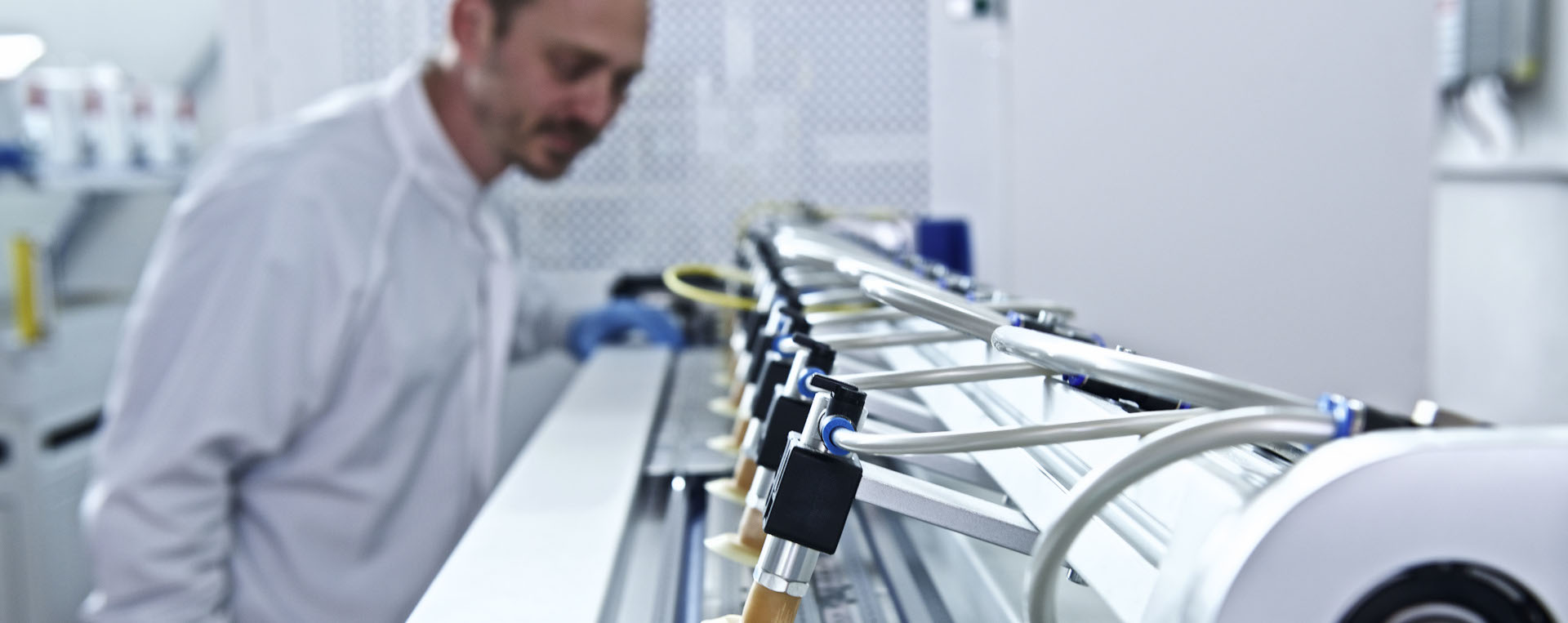
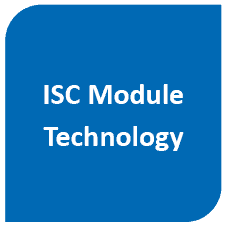
Research for a sunny future!
Module cell development for special applications
ISC Konstanz not only develops the latest solar cell technologies, but also investigates state-of-the-art module manufacturing processes that help our customers and partners to produce high-quality, efficient, and durable solar modules. The focus here is on simple and cost-effective production and the longest possible product lifetimes in order to achieve the lowest possible levelised cost of electricity (LCOE) for the customer.
Stringing
At ISC Konstanz, we are working on evolutionary further developments of the classic cell interconnection using solder-coated copper flat wire. This technology is currently the industry standard for producing a cell string that connects the individual cells electrically and mechanically. At ISC Konstanz we have both automatic and manual string soldering available depending on the project requirements. In addition to the classic interconnection of solar cells contacted on both sides, ISC Konstanz develops advanced methods for string production of back-contact solar cells. As an alternative to infrared soldering, research is being conducted into the use of lead-free electrically conductive adhesives and solder pastes to enable the production of even more durable modules.
Shingling
ISC Konstanz is always on the lookout for possible increases in efficiency with reduced production complexity and costs. We are developing processes and methods for module production using novel ‘shingling’ processes, since we believe that this can be used to produce modules with the highest possible efficiencies.
Shingling enables an increase in the active module area through a gapless cell-cell connection. Strings of cells are assembled by overlapping the edges of neighbouring cells, whereby the electrical and mechanical connection is made with conductive adhesive or alternative materials. This results in a significant reduction of the inactive module area, which in turn lead to better efficiency and thus lower specific module costs.
Conductive backsheet technology
Conductive Backsheet (CBS) technology is a cell connection process specially developed for back-contact solar cells, which is characterised by low mechanical stress on the cells. This technology makes it possible to connect even very thin ZEBRA cells to a structured copper foil using conductive adhesive and thus to integrate them monolithically into a module.
We are happy to help you integrate this manufacturing process into your application.
Bifacial module technoloy
Bifacial modules allow light to enter through both the front and rear at the same time and thus increase electricity production, which leads to a drastic reduction in overall electricity generation costs. The cell concepts developed in-house at ISC Konstanz; ZEBRA, BiSoN and MoSoN, all have an optically transparent rear side and can be embedded in bifacial modular architectures.
ISC Konstanz develops and tests bifacial module concepts in the laboratory and quantifies their additional yield compared to classic modules at several of our outdoor measurement facilities. See also yield forecasts.
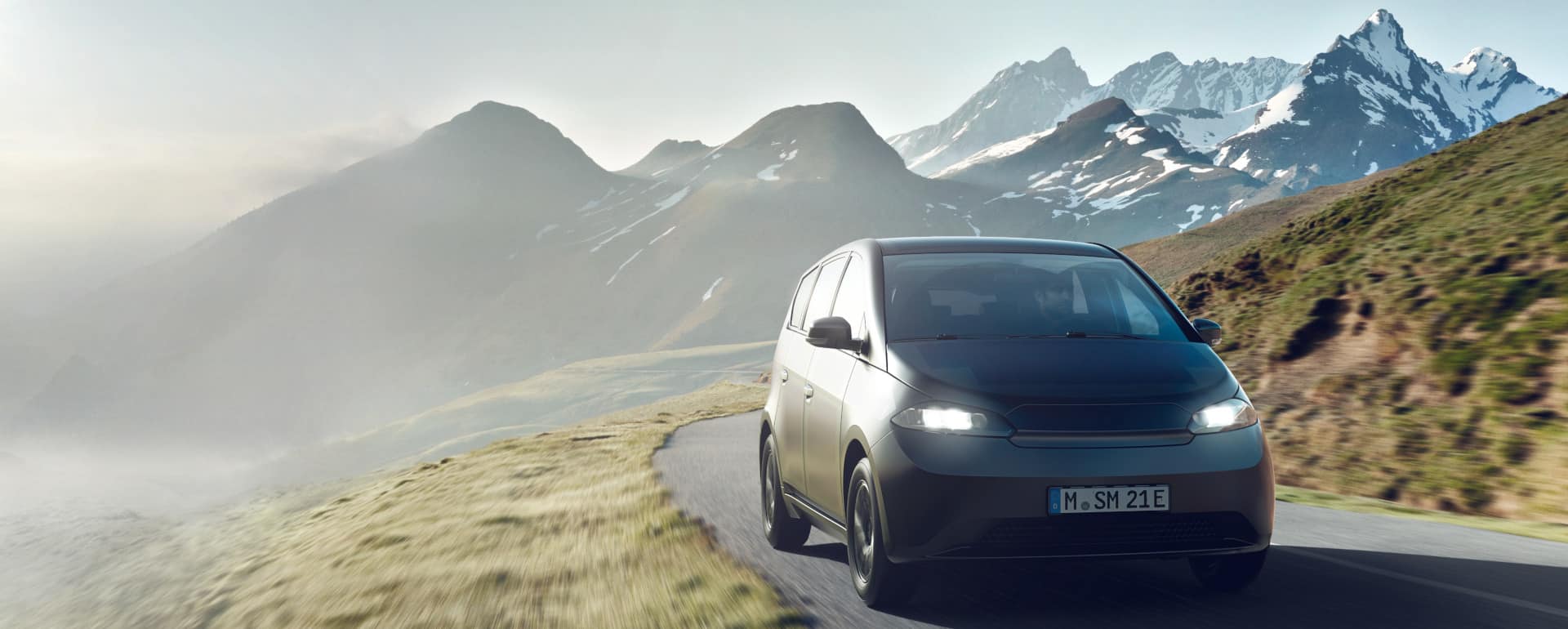
Flexible and lightweight modules
Lightweight modules and modules with alternative architecture are of great interest in building, vehicle, and product integration. Whether thin glass or polymer-based alternatives are used depends on the operational requirements.
PV modules can be integrated into a wide range of products, particularly in vehicles that have an electrical demand, such as cars and trucks, boats and ships, or trains.
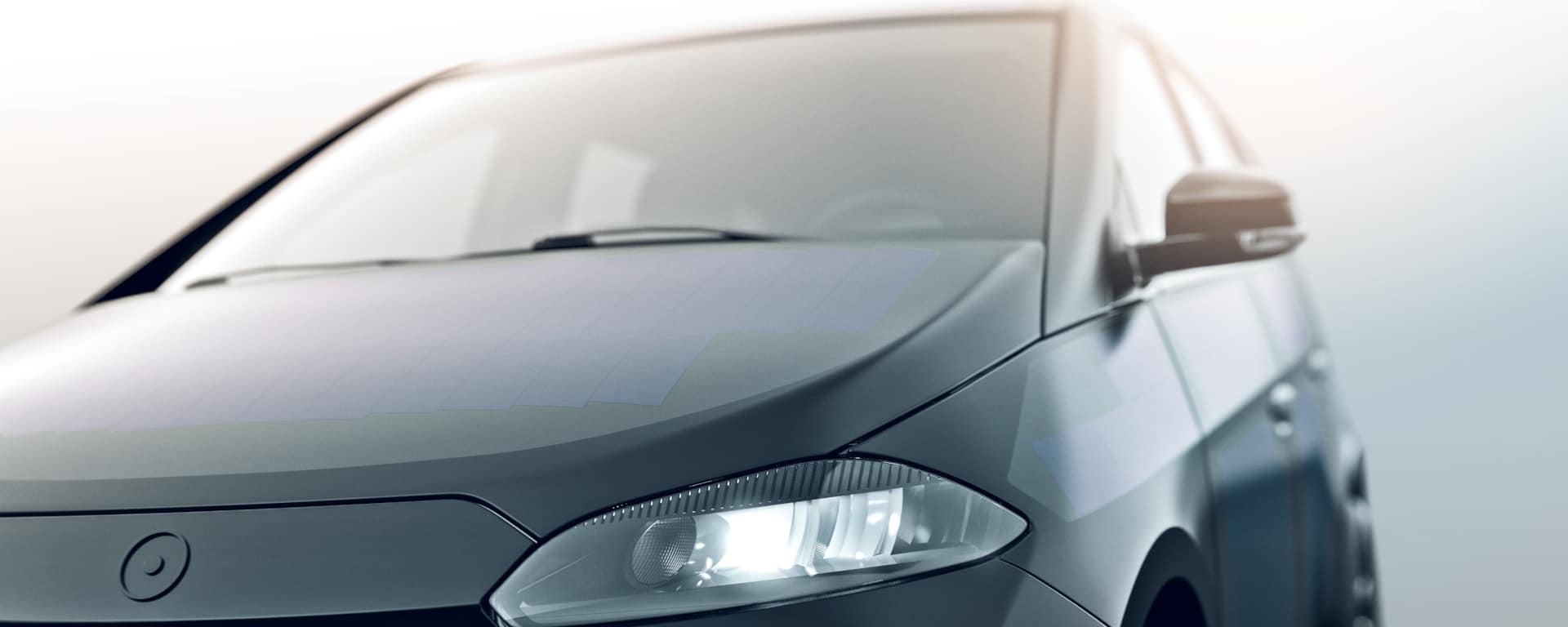
Whether the modules are to be integrated as filigree strips or as large and curved surfaces, we are ready to work with you in developing the best and most visually-appealing product, and to help with the integration and physical connection of the PV modules into your application.
Download Flyer: Module Development

